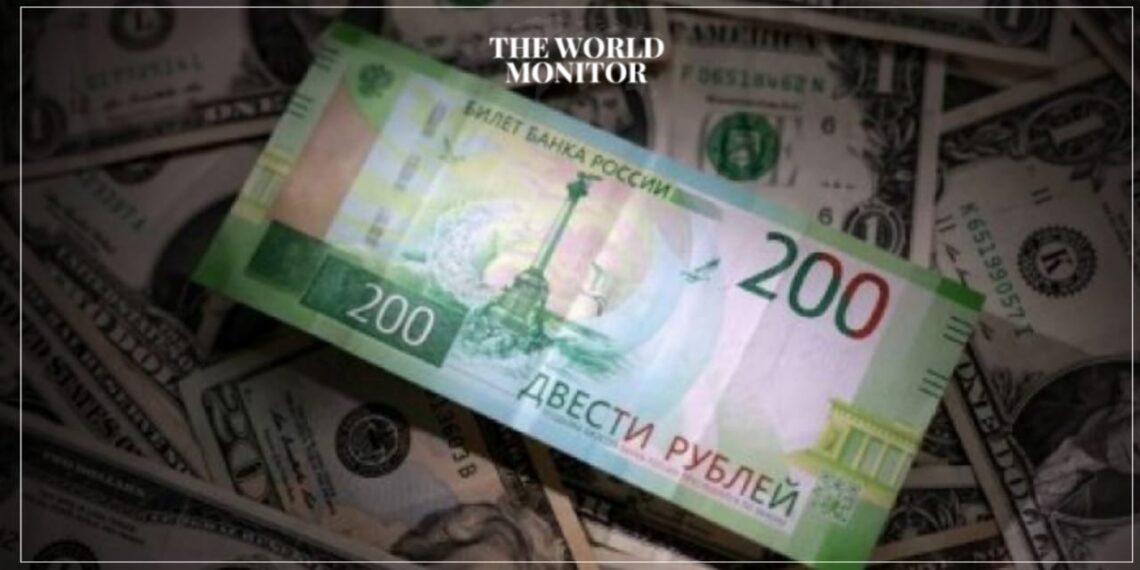The Russian ruble experienced its lowest level in nearly 15 months on Monday following a brief rebellion led by Wagner mercenaries against the Kremlin over the weekend. The currency briefly traded at approximately 87 per US dollar before recovering slightly, with the last trading price around 84.40 against the dollar.
The insurrection caused market volatility, resulting in an increase in oil prices. Brent crude, the international benchmark, rose by 0.8% to approximately $74 per barrel, while West Texas Intermediate, the US benchmark, increased by 0.4% to around $69 per barrel.
The drop in the ruble’s value on Monday was accompanied by reports of Russians rushing to exchange their cash for dollars over the weekend. Russian banks were reportedly offering rates significantly higher than the official exchange rate of 90 rubles for each US dollar.
Despite various factors impacting the ruble’s stability, such as the Russian central bank’s interest rate hikes and capital controls, the currency remained resilient for most of last year. Russia has also sought to reduce its dependence on the US dollar, including promoting the use of the ruble for payments, particularly after facing Western sanctions in response to its actions in Ukraine. These developments have introduced volatility to the ruble-dollar relationship.


